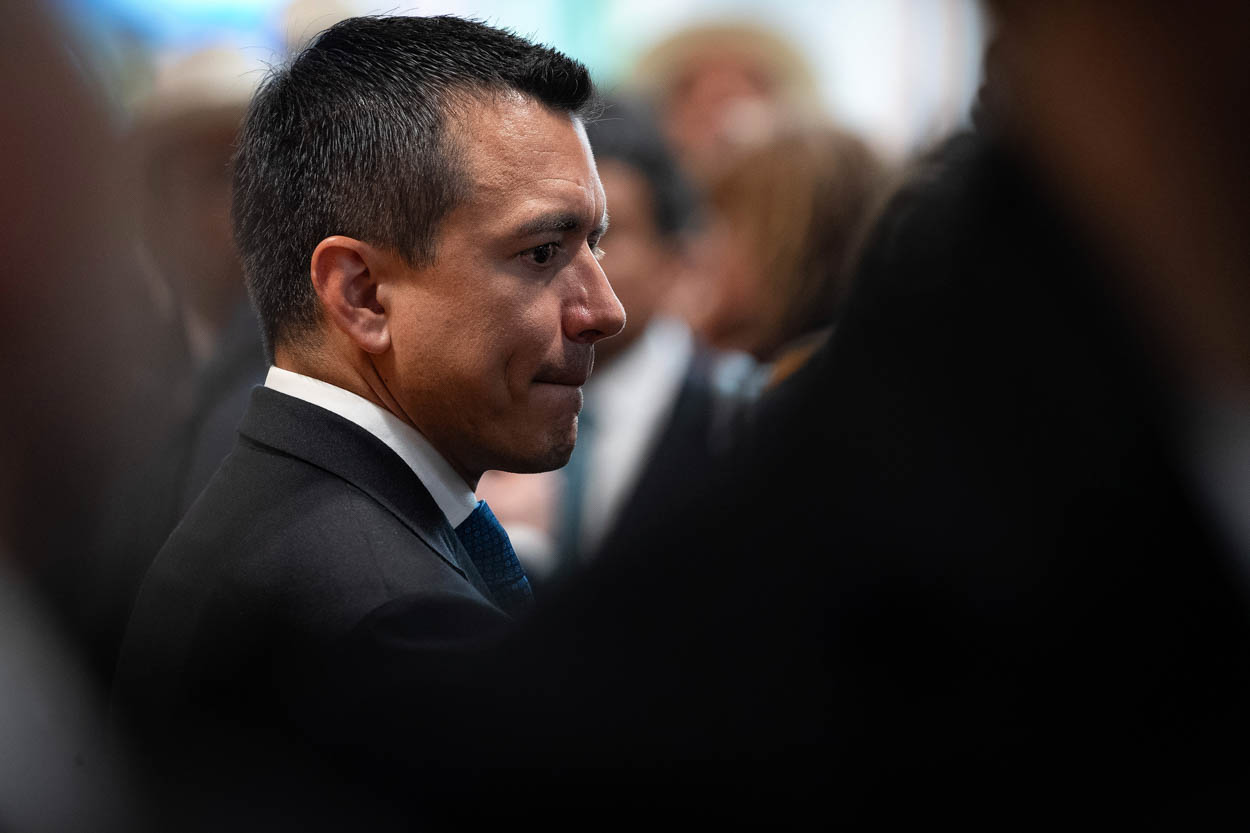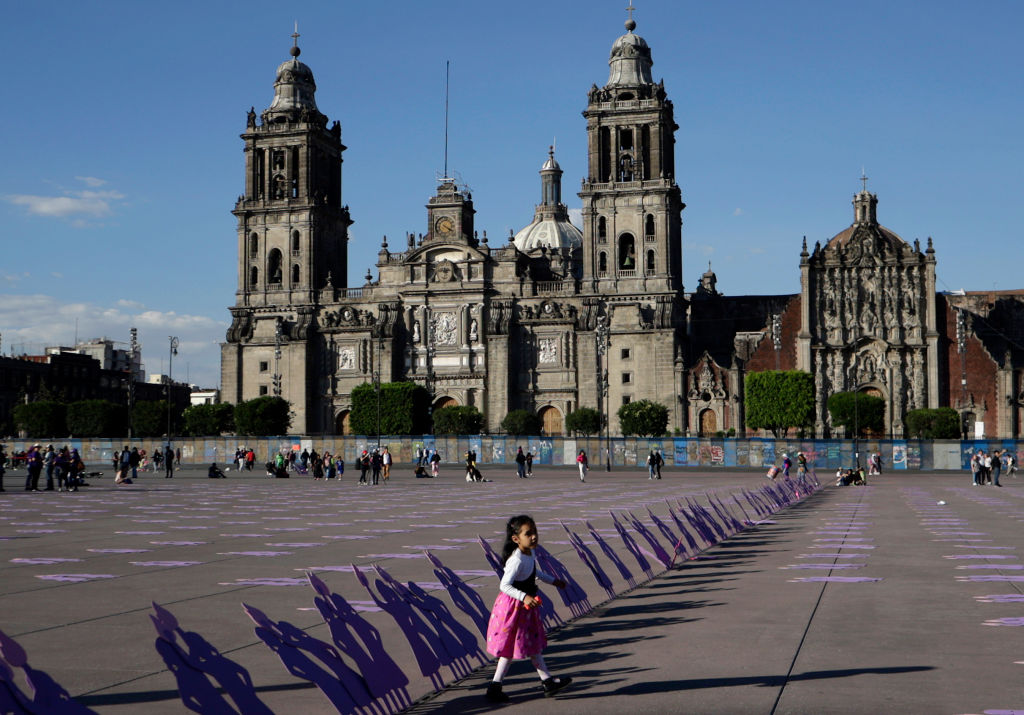The Andean Arms Race
The Andean Arms Race
Weapons buying stokes regional tensions.
Hugo Chávez has a flair for getting under the skin of his opponents, whether he is goading King Juan Carlos of Spain into an exasperated request to “shut up,” or branding then-U.S. President George W. Bush “the devil” during a speech to the UN General Assembly. But the Venezuelan president went beyond his customarily florid rhetoric in November when he used Alo Presidente, his weekly chat show, to announce the deployment of 15,000 troops to the Colombian border to counter what he claimed was the threat of a possible attack by U.S. forces seeking control of the country’s vast oil reserves.
Chávez’ move might have been dismissed as little more than an attempt to distract the electorate from his country’s unhappy trinity of food, water and energy shortages. But it put the spotlight on the disturbing escalation in defense spending across Latin America, in what some analysts, and at least one president, are calling a regional arms race.
The odds that Venezuela’s troop deployment could lead to an armed clash have been increased by the rate at which Venezuela and neighboring countries have been building their arsenals, according to Román Ortiz of Grupo Triarius, a Colombian security consultancy. Venezuela’s recent purchases of Sukhoi combat aircraft and Smerch multiple rocket launchers, for example, have given it a new capacity to strike deep into Colombian territory. That in turn makes it tempting for Venezuelan military commanders to compensate for a relative weakness of ground forces by escalating much more rapidly “to the level of conflict where they are more powerful and stronger” in the event of a crisis, Ortiz says.
Read the full text of the article at www.AmericasQuarterly.org.
Naomi Mapstone is the Andean correspondent for the Financial Times, based in Lima, Peru. Formerly the FT's deputy U.S. news editor, she now divides her time between Peru, Colombia, Bolivia, and Ecuador.







